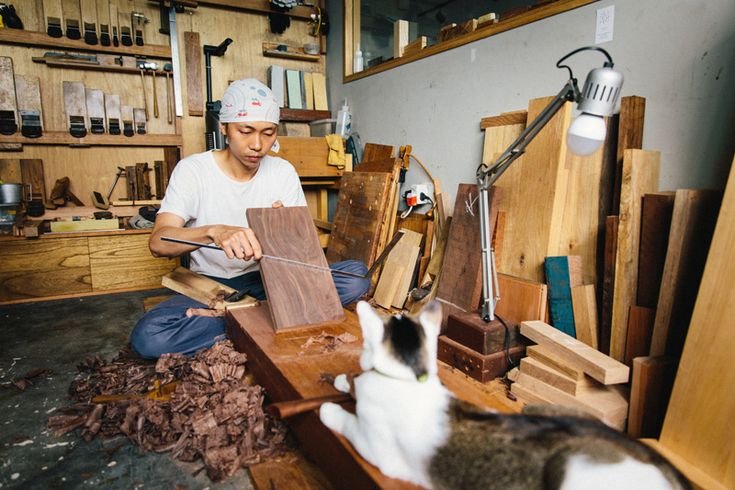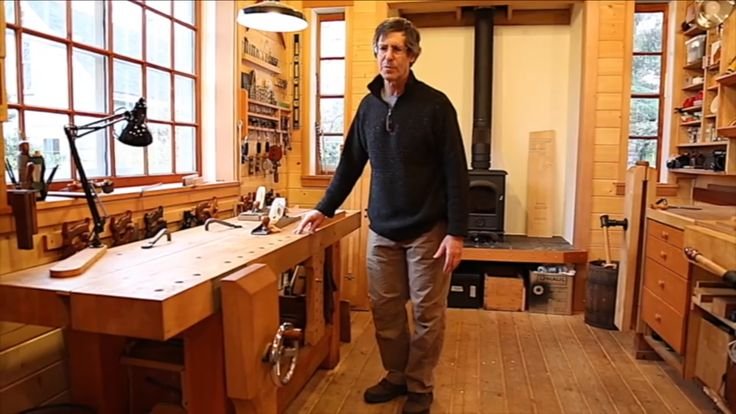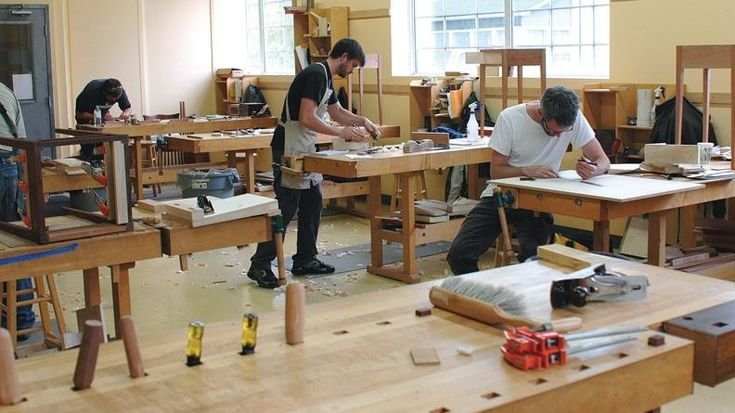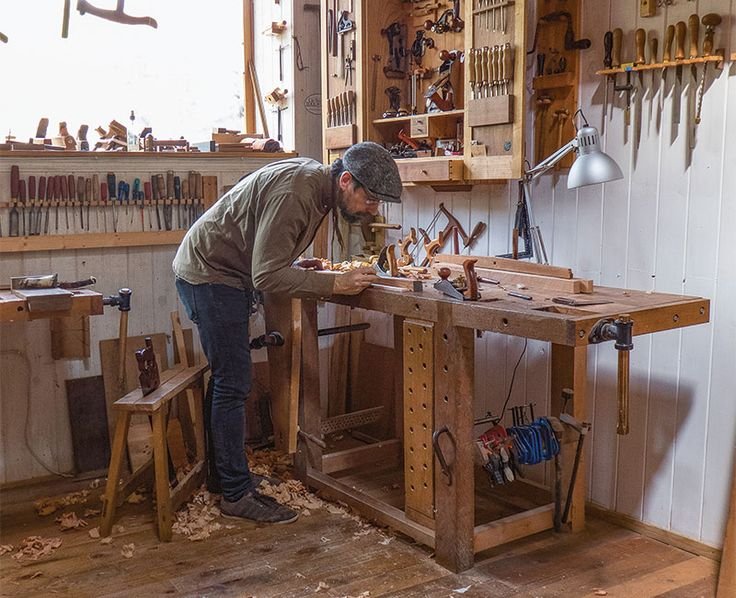The Trials and Triumphs of Sanding Wood
You know, out here in my little corner of the world, woodworking is almost a rite of passage—it’s like you haven’t really paid your dues until you’ve spent a good, frustrating afternoon with a piece of lumber and a sander. Now, I’m not talking about a fancy, high-end shop with all those shiny tools and gadgets. Nope, I’m in the garage, surrounded by sawdust and the smell of fresh wood. Sometimes I think I’m a pretty decent woodworker, but other times, man—let me tell you—sanding feels like a cross between a chore and a punishment.
I remember this one project… I had my heart set on making a coffee table for my sister’s new house. She had this vision—a rustic, reclaimed wood table that would be the centerpiece of her living room. I had sourced some beautiful pine boards that were just begging to be transformed. They were rough-cut, full of character, you know? The kind that had years of stories baked right into the grain.
So there I was, charged up with enthusiasm, and I thought, "How hard can this sanding thing be?" I grabbed my trusty orbital sander—it’s a Porter-Cable, nothing too fancy but a solid worker—and went to town. The first few strokes felt great! The sander hummed a lovely tune, and I could see the rough surface beginning to smooth out. But then, oh then, I hit a snag.
Overthinking It
It was all going well until I decided to switch to a finer grit sandpaper. I should’ve just kept on with the coarser stuff for a little longer, but, you know, the perfectionist in me kicked in. I slapped on some 220-grit paper, and that’s when the trouble began. The sander started to skip… I could hear that awful sound—like nails on a chalkboard. Ugh! I didn’t know if it was the sander or the wood’s fault, but my gut said it was my doing.
And there I sat, scratching my head in confusion with a coating of sawdust over me like I’d just walked through a winter wonderland. I almost gave up right then and there. Like, should I just leave the wood rough and call it ‘rustic’? Would my sister even notice? But I couldn’t do that. I’m pretty stubborn when it comes to projects, and I realized I had to figure this out.
A Leap of Faith
So, after a moment of wallowing in doubt, I took a deep breath, put down the sander, and decided to go old school. I grabbed a piece of 120-grit sandpaper—just a plain old thing, no fancy brand, probably one I pulled from a clearance bin—and went at it by hand for a while. The rough texture felt oddly satisfying. My hands were getting sore, and I could feel the wear on my fingertips, but honestly, it felt real, you know?
The smell of the pine getting polished up got me excited again. Slowly but surely, I could see the wood beginning to shine through its rough exterior. My doubts faded, and I laughed when it actually worked. I had almost convinced myself to quit when, with just a bit more elbow grease, the table started transforming into something that resembled what I had envisioned.
Once I felt I had it to a good place, the next part was the finish. I decided on a simple polyurethane just to give it a little sheen and protect it from spills—because, you know, coffee tables usually see a coffee cup or two. The fumes from the finish mingled with the wood smell, and there’s just something poetic about that; it reminded me why I fell in love with woodworking in the first place.
A Personal Touch
When I finally delivered that table to my sister, seeing her reaction made it all worth it. It wasn’t just a table; it was like I was giving her a piece of myself. The rough patches in the wood gave it character, just like the struggles I had gone through sanding it. We shared a laugh when she asked how I got it so smooth, and I just raised an eyebrow and said, “A bit of trial and error, sis.”
If I’ve learned anything through this whole experience, it’s that sanding is more about the journey than the end product. It’s about the moments of doubt that push you to find a new way. I’ve come to appreciate those hiccups along the way because they lead to growth—like searching for the right grit paper or even leaning into hand sanding to get that nice finish.
The Real Takeaway
So, if you’re thinking about diving into woodworking or if you’re knee-deep in your own sanding trials, just remember this: it’s okay to mess up. Grab that sander, or even go old school and sand by hand. It might feel frustrating in the moment, but don’t worry; you’ll find a way through. And if nothing else, you’ll come out of it with some pretty great stories—and maybe a few sore muscles too. Just go for it; you’ll thank yourself later.



-768x768-150x150-120x120.jpeg)





